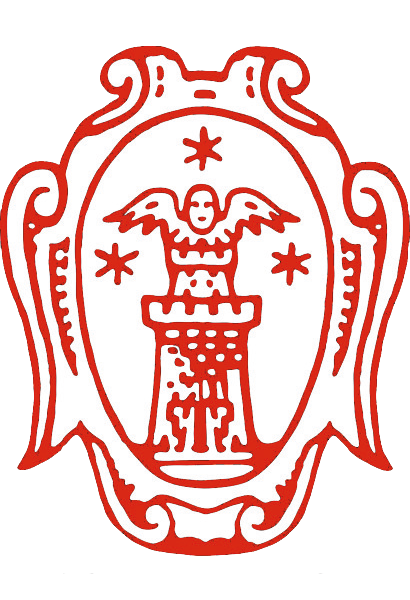The Angelica Library is the oldest public library in Europe. Founded in 1604, it owes its name to the Augustinian bishop Angelo Rocca (1545-1620), a learned writer and passionate collector of rare editions, who was in charge of the Vatican Printing Press during the pontificate of Sixtus V.
In the late 16th century, Rocca entrusted his collection of some 20,000 volumes to the convent of St. Augustine in Rome. Over the previous centuries, the Augustinian library had been enriched with precious manuscripts and early incunabula, gifts from religious figures, Roman nobles and patrons.
With his bequest, Angelo Rocca wanted the new Library to be open to everyone, without restrictions based on status or income. He provided it with a suitable location, its own income and its own regulations.
The completely new nature of the institution created by Rocca aroused the interest of an ever-growing public, and the Library’s fame soon spread among scholars, attracting other valuable bequests such as that of Lucas Holstenius (1596-1661), custodian of the Vatican Library, who in 1661 left the Augustinian friars his precious collection of about 3,500 printed volumes, rich in works by the greatest ancient and modern geographers, which he had densely annotated.
In the first half of the 18th century, the Roman convent and its library were the backdrop to the religious controversies of the time. The library had obtained special authorisation to possess prohibited books, which allowed the friars to keep works that were subject to censorship and forbidden to read. It was this exemption that allowed the Angelica to preserve the prestigious book collection of Enrico Noris (1631-1704), consisting of about 600 volumes that were subject to censorship and thus saved from destruction.
On this basis, one of the largest collections of texts on the Reformation and Counter-Reformation period took shape, for which the purchase in 1762 of the rich library of Cardinal Domenico Passionei (1682-1761), one of the greatest bibliophiles of the century, was fundamental. His collection doubled the Angelica’s holdings, enriching it with texts that the cardinal, who had ties to Roman Jansenist circles, had sought out and purchased during his travels as papal envoy to Protestant European countries, as well as ancient manuscripts, rare books and incunabula on various subjects, reflecting the encyclopaedic culture of the period.
During those same years, the friars commissioned architect Luigi Vanvitelli to renovate the Library, who completed the current hall in 1765. No trace remains of the previous 17th-century design by Borromini.
The Library was reopened to the public only in 1786, when the catalogue of printed works was completed, which is still today an essential tool for consulting the volumes of the ancient collection.
In the 19th century, the history of the Angelica was marked by events affecting the city of Rome, from the French occupation to the proclamation of the Roman Republic in 1849.
In 1873, the library passed to the Italian state and since 1975 it has been under the jurisdiction of the Ministry of Culture.
Approfondimenti
I direttori della Biblioteca
Nel corso dei secoli, la Biblioteca è stata guidata da figure che ne hanno segnato l’evoluzione culturale e istituzionale.
Scopri l’elenco completo dei direttori che, dal Seicento a oggi, hanno contribuito a custodire e rinnovare la sua missione.

